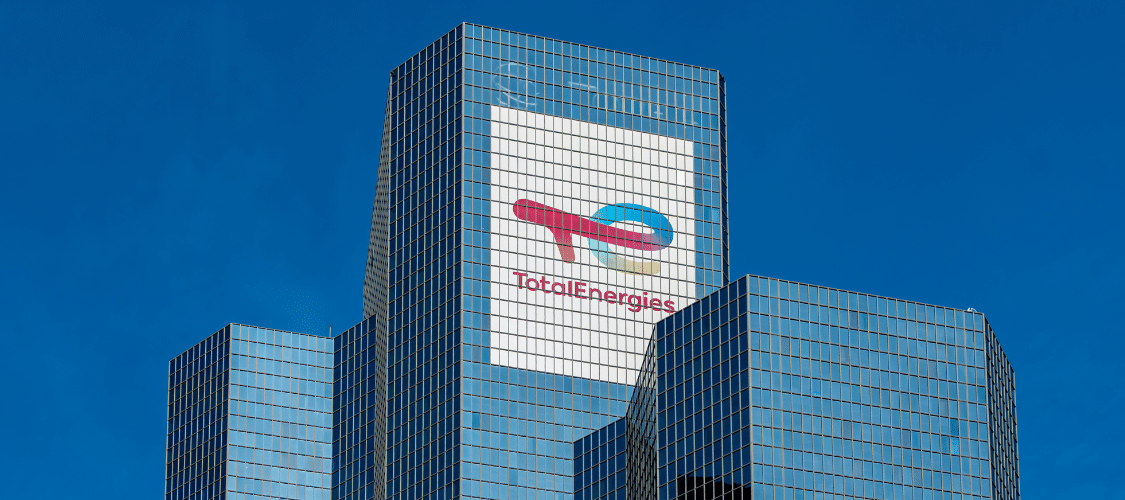In a Bloomberg article published in April 2024, (1) Zurich, one of the 20 largest insurance groups in the world, (2) made a new announcement relating to its underwriting activities for fossil fuel expansion. The Swiss insurer became the 11th (re)insurer (3) globally to turn away from covering new oil and gas fields, but more importantly, it became the first insurer globally to commit not to insure the expansion of metallurgical coal (met coal). (4) Designed to reduce Zurich’s insurance support for coal expansion, as highlighted in a new database, this comes at a crucial time when demand for coal is reaching record levels, putting the transition to net zero even further at risk. (5)
Zurich is the only insurer acknowledging the need to halt the expansion of thermal and metallurgical coal in line with its commitment to reach net zero emissions by 2050. The Swiss insurer indicated in 2024 that it will not “underwrite any new met coal mining”. This means that from 2024, Zurich should refuse to insure new met coal mines and the companies developing new met coal assets, whether these companies are existing customers or new customers.
The steel industry relies on met coal, threatening the transition
Whether it is burnt in a coal plant or in a blast furnace, the result is the same: releasing CO2 emissions. According to the International Energy Agency (IEA), coal burning alone accounts for 41% of global CO2 emissions. (6) But the impact of met coal may even be worse than that of thermal coal. According to studies, met coal mining (7) can emit up to 2.5 times more methane than thermal coal mining. (8)
Steel and iron production currently relies on coal-fired blast furnaces. As a result the steel sector represents almost 30% of industrial CO2 emissions, making it the highest-emitting industrial sub-sector. (9) Overall, the steel sector is responsible for 11% of global carbon dioxide (CO2) emissions. (10)
According to the IEA’s most recent Net Zero by 2050 emissions scenario, (11) the production of both thermal and met coal is projected to reduce by around 90% between 2022 and 2050 with “existing sources of production … sufficient to cover demand through to 2050”. That means that betting on the development of new metallurgical coal mines is a dangerous gamble for companies in the sector, as well as for the insurers backing these development plans while claiming to be committed to the transition.
New database dedicated to met coal expansion
While financial players, including insurers, have often hidden behind the lack of data to argue it is not possible to make commitments, this is no longer true when it comes to met coal. The German NGO Urgewald has just made public its new database – the Metallurgical Coal Exit List (MCEL) (12).
The database identifies 160 companies that are pursuing 252 met coal expansion projects, which could increase the world’s current met coal production by 50 %. This includes the top three met coal developers A-Property Holding (Russia), Coal India and BM Alliance Coal Operations Pty (Australia) as well as the largest publicly-traded coal mining company Glencore (Switzerland).
Insurers’ underwriting policy on thermal coal, an effective tool in the fight against thermal coal expansion
Three years ago, a report commissioned by the North Dakota Insurance Department to the consultancy Guidehouse, suggested that the coal industry was struggling with expansion plans, in part due to insurers introducing underwriting policies on thermal coal. (13)
A first encouraging sign that insurers’ commitments can have an impact in slowing the expansion of coal. As of today, insurers and reinsurers with coal restrictions represent 41.4% and 53.5% of their respective market share (14) and 18 (re)insurers are committed not to insure new thermal coal mines and new coal plants. (15) But some companies in the coal sector are now finding ways to slip through the cracks of insurers’ thermal coal policies.
The Whitehaven case, a wake up call to add met coal in insurers’ coal policies
A prime example is the Australian company, Whitehaven Coal, whose thermal coal production accounted for 95% of its revenues last year. As an increasing number of insurers are shunning thermal coal companies, Whitehaven was struggling to insure its coal operations. Earlier this year, however, the company acquired the Blackwater and Daunia metallurgical coal mines from BHP. Met coal now accounts for over half of Whitehaven’s total coal revenue. According to a Whitehaven spokesperson, this portfolio diversification played a key role in making it possible to secure insurance for the company. (16)
This example shows that rather than transitioning away from coal, companies are betting their future on met coal. Insurers, one of the first financial players to sound the alarm on the impact of climate change over 50 years ago, are well aware of the impact of coal. (17) They must now take better account of the expansion of metallurgical coal in their policies.
Seven years after the first thermal coal policies from insurers, (18) Zurich is going a step further by reminding its peers, committed to move forward on their net zero journey, that their support for the expansion of coal, whether thermal or metallurgical, is incompatible with their net zero pledge. Former leaders such as AXA, SCOR (19) or Allianz who were the first insurers to implement coal policies, must now follow Zurich by making a commitment to no longer cover new thermal and metallurgical coal mines, as well as the companies that are developing them.



